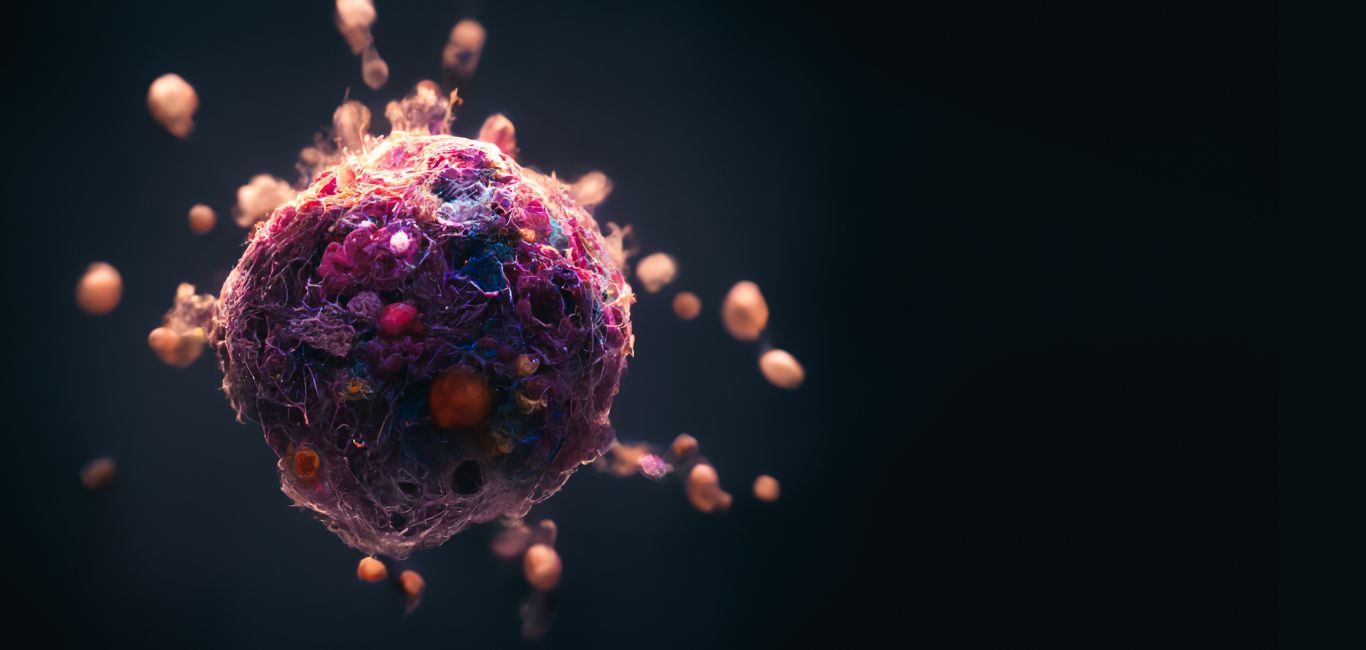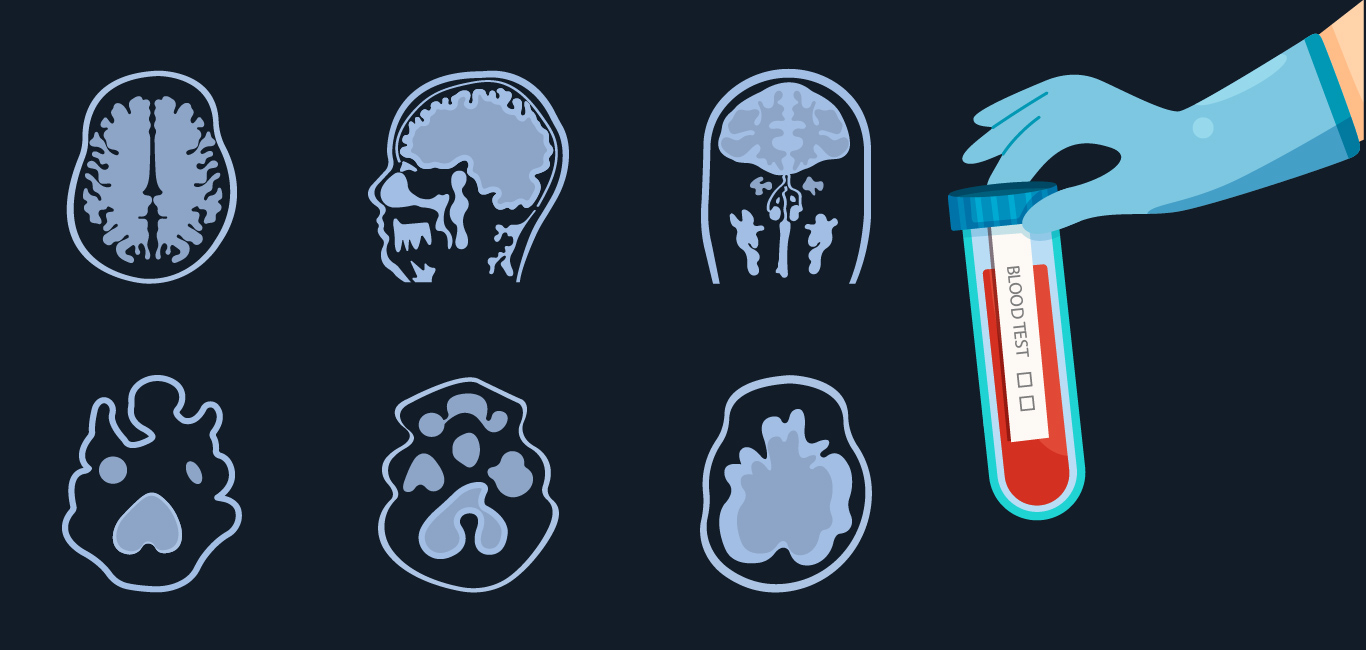
Glioblastoma, a highly aggressive form of brain cancer, has long posed a challenge for effective treatment. Conventional approaches to fighting cancer such as chemotherapy have fallen short in treating this condition, as drug molecules find it hard to get to their target site behind the blood-brain barrier (BBB).
To overcome this, researchers from China and Australia have collaborated to develop a new approach for brain cancer treatment by delivering therapeutic agents to glioblastoma cells. Involving the use of nanoparticles and exosomes, the researchers further enhanced their technique with the use of a ligand – iRGD – that acts as a key to unlocking the BBB.
In biochemistry, a ligand is a molecule that produces a signal by binding to a site on a target protein. In this particular case, the iRGD ligand connects with specific receptors that are more abundant in glioblastoma cells, allowing nanoparticles to enter the brain. Once inside, these nanoparticles function like guided missiles, homing in on the glioblastoma cells, and ensuring precise and effective delivery of the chosen therapeutic for brain cancer treatment.
Dr Sayantan Ghosh, an analyst at Immuneel Therapeutics in Bengaluru, says the iRGD ligand is an efficient carrier of therapeutics in glioblastoma therapy. “It offers distinct advantages over conventional peptides, including increased affinity, improved biological homing capabilities, and enhanced cell penetration,” says Dr Ghosh.
While nanoparticles have long been utilised to transport drugs directly to glioblastoma cells, more recently, exosomes (which are tiny bubble-like structures released by cells) have gained recognition in this area. The Australian and Chinese researchers have put the strengths of both technologies together in what they call hybrid exosomes.
This dual-targeting approach is what makes the new technique for brain cancer treatment more promising, explains Dr Venkata Sasidhar Manda, Associate Research Director, Apollo Institute of Medical Sciences and Research, Hyderabad. “It significantly enhances the likelihood of nanoparticles being selectively taken up by glioblastoma cells, marking a paradigm shift in targeted drug delivery,” he says.
How hybrid exosomes work
First, the researchers developed a nanoparticle with a hollow core. This was then encapsulated inside a shell containing the exosomes to help guide the nanoparticles through the BBB and into the glioblastoma cells.
“It [the technique] leverages tiny exosomes as carriers, preventing adverse reactions, accumulation of harmful substances in tissues and widespread damage,” adds Dr Ghosh.
Once inside the glioblastoma cells, the nanoparticles do two things. First, the core of the nanoparticles act as photosensitisers to produce reactive oxygen species when exposed to light that damages the structures within glioblastoma cells. Then a therapeutic agent contained within the hollow core of the nanoparticles is released to inhibit autophagy (a mechanism used by glioblastoma cells to repair damage).
The researchers say the nanoparticles have also been engineered to reduce their toxicity to healthy cells, offering a promising avenue for glioblastoma treatment while sparing healthy tissues. They tested this by culturing human glioblastoma cells in the lab and exposing them to different concentrations, while monitoring cellular processes.
They also used glioblastoma mouse models that closely mimic the human condition. They observed tumour regression which they reported in a paper published in the journal Materials Today Advances.
While the results look promising for brain cancer treatment, Dr Manda emphasises the importance of considering factors such as species variations, sample size, and tumour diversity when interpreting these findings for future research. He also highlighted that such a technology could be used to treat other brain conditions such as tumours, metastatic cancers and neurodegenerative diseases.
“The use and development of hybrid nanoparticles, which combine the capabilities of various nanoparticles, has advanced this type of drug-carrier system to the next level,” says Dr Ghosh.

















